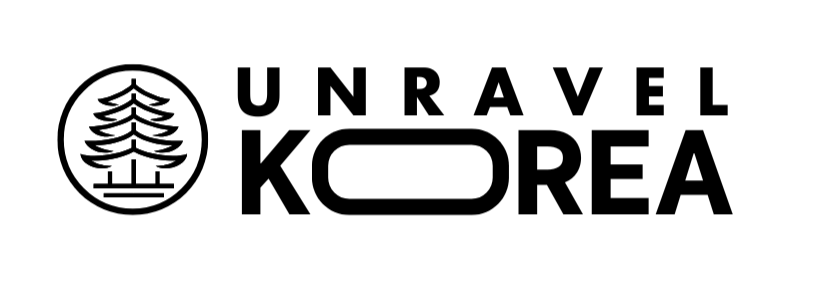Looking for day tips about Seoul?
You have come to the right place. I’m here to guide you on how to enjoy Seoul best. I have been living in Seoul since 2023. I am enjoying Korean culture and trying to unravel hidden gems! All Korea lovers are better.
Today is all about Korean Wildlife. According to Wikipedia, Korea has one of the most diverse wildlife including 8,271 plant species 18,117 animal species, and 3528 species of fungi and more. More than 30,000 species are known to exist in South Korea, but it is estimated that there are more than 100,000 species.
Wildlife in the Demilitarized Zone
The Demilitarized Zone (DMZ) is a unique and poignant symbol of the ongoing tensions between North and South Korea, spanning over 50 years. This unmanned strip of land, established after the Korean War in 1950, has become a surprising sanctuary for nature, largely untouched by human interference since the Armistice.
Due to this lack of disturbance, the DMZ and its buffer zone, the Civilian Control Zone (CCZ), have allowed the area’s ecosystem to flourish. Rivers meander through the landscape, and a diverse array of flora and fauna thrive here. In fact, more than 5,000 species of plants and animals have been documented within the DMZ, many of which are considered endangered and are on protected species lists.
Among the remarkable wildlife that calls the DMZ home are the Siberian musk deer, white-naped crane, red-crowned crane, Asiatic black bear, cinereous vulture, and long-tailed goral. The presence of these endangered species is a testament to the ecological importance of this area. One striking aspect of the DMZ is its role in preserving the East Asia flyway, a crucial migratory path for birds traveling between Russia and Australia. Species like the white-naped and red-crowned cranes benefit immensely from this undisturbed habitat.
However, not all is well. The Asian black bear, another resident of the DMZ, faces threats from poaching, particularly for its bile, which is sought after in traditional Chinese medicine. This highlights the ongoing struggle for wildlife conservation in the region.
Recognizing the significance of this untouched environment, the South Korean Ministry of Environment advocates for keeping the DMZ free from human development. Their goal is to safeguard biodiversity and maintain the delicate balance of this unique ecosystem.
The DMZ may represent division and conflict, but it also stands as a powerful reminder of nature’s resilience. Its story is one of hope for wildlife conservation and the importance of preserving our planet’s natural habitats.
How to visit DMZ wild animals
To visit the wild animals of DMZ, you have to follow the one of the way
1. Choose a Tour Provider
Several tour companies offer guided tours to the DMZ, which often include opportunities to view wildlife. Look for tours that focus on the natural aspects of the area. Some reputable companies include:
- DMZ Tours
- Korea DMZ Tour
- Klook
- Trazy
2. Tour Types
Tours vary in length and focus. Some options include:
- Half-Day Tours: These usually cover key historical sites but may offer glimpses of wildlife.
- Full-Day Tours: These may include visits to nature reserves or wildlife observation points, providing better opportunities to see animals.
3. Wildlife Observation
While wildlife sightings in the DMZ can be unpredictable, the following tips may help:
- Early Morning Visits: Wildlife is often more active during early morning or late afternoon.
- Look for Birdwatching Tours: Some specialized tours focus on birdwatching, particularly during migration seasons (spring and fall).
- Bring Binoculars: For better viewing of distant animals, bring binoculars or a camera with a zoom lens.
4. Book in Advance
Given the popularity of DMZ tours, it’s advisable to book in advance, especially during peak tourist seasons.
5. Necessary Documentation
- Identification: Bring your passport, as it’s required for entry into the DMZ.
- Follow Guidelines: Adhere to all tour rules and guidelines, as the area is sensitive and subject to regulations.
6. Transportation
Most tours include transportation from central locations in Seoul. If you prefer to go independently, check public transport options, but note that entry without a guide is usually not permitted.
7. Alternative Locations
If you’re particularly interested in wildlife and not just the DMZ, consider visiting nearby nature reserves or national parks, such as:
- Seoraksan National Park: Known for its diverse wildlife and stunning landscapes.
- Bukhansan National Park: Close to Seoul, it offers hiking trails with chances to see native species.
8. Respect the Environment
Remember to follow Leave No Trace principles, respect wildlife, and maintain a safe distance from animals if you encounter them.
Mammals
Amur (Siberian) Tigers
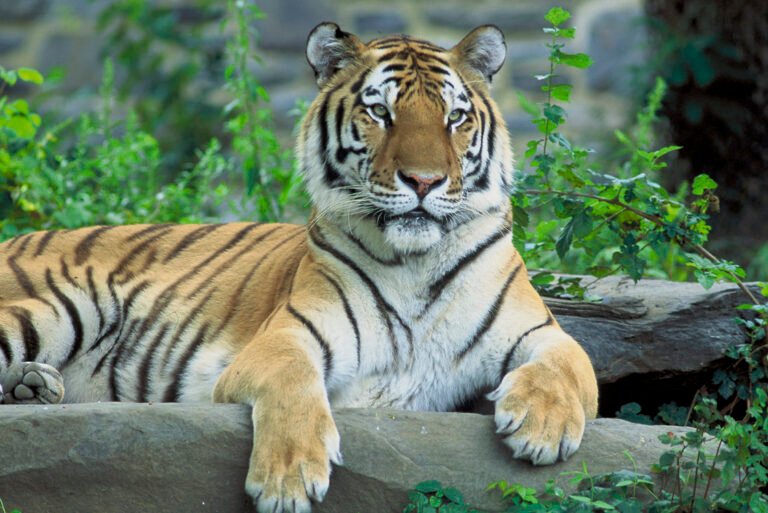
Historically found in Korea, they have become extinct in the wild due to hunting and habitat loss. Efforts are ongoing to reintroduce them to the Korean peninsula.
Korean Leopards
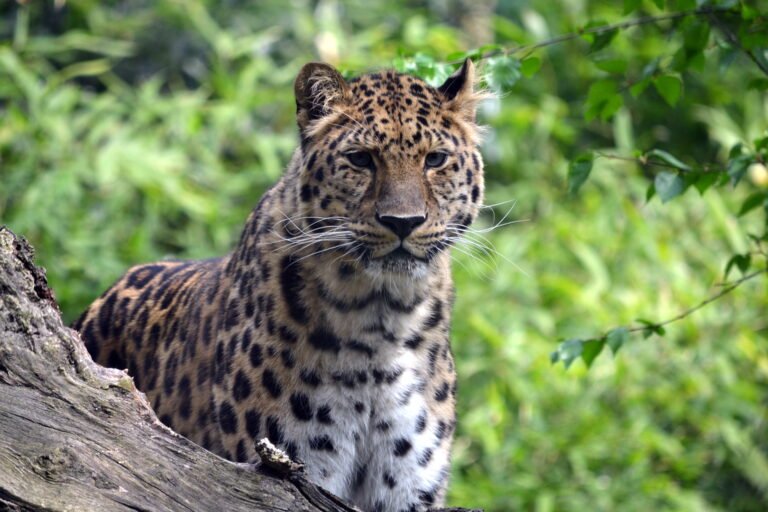
Once common, the Korean leopard is now believed to be extinct or extremely rare in the wild.
Korean Goral
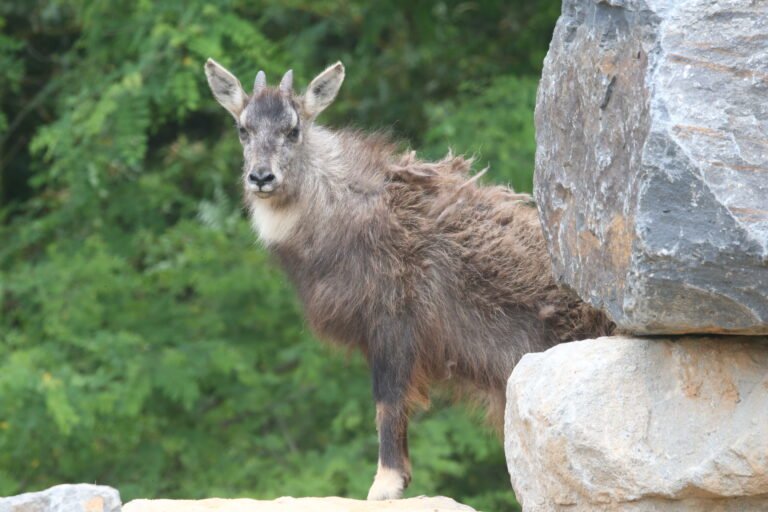
A goat-antelope species found in the mountainous regions. Protected due to its declining population.
Asian Black Bears (Moon Bears)
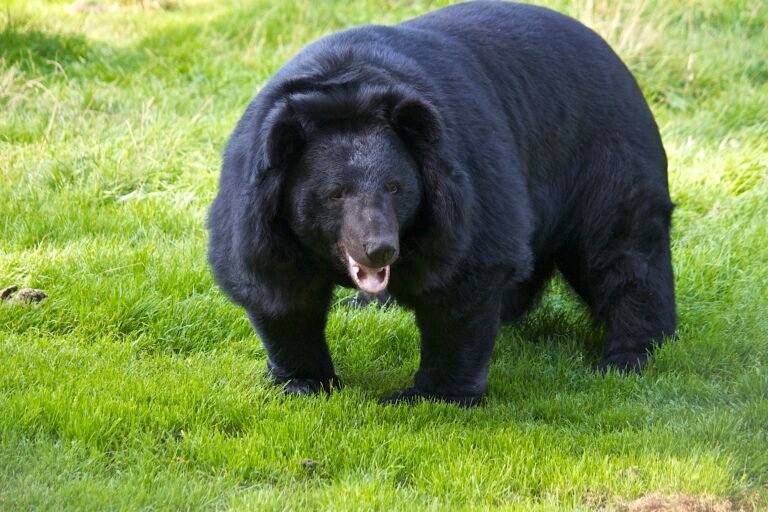
These bears, distinguished by a white crescent-shaped marking on their chest, inhabit the mountain ranges. Conservation programs have been successful in increasing their numbers in South Korea.
Roe Deer
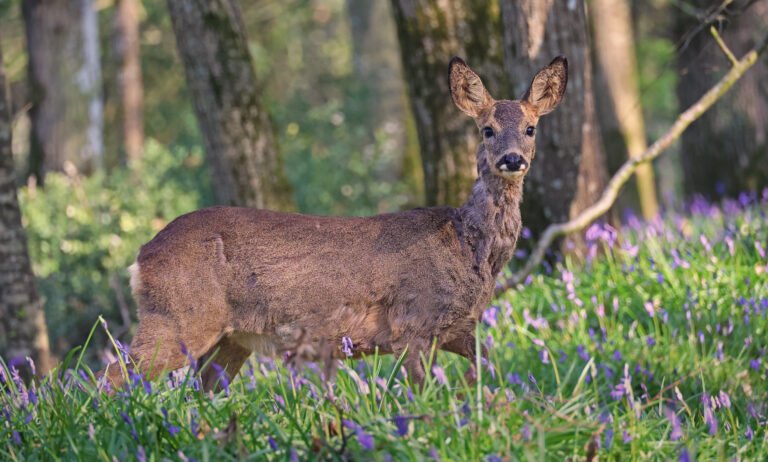
Common in forests and mountains, they are smaller than their European counterparts.
Birds
Cranes

Both the endangered red-crowned crane and the white-naped crane can be seen, especially in wetlands and rice paddies during migration.
Eagles and Hawks
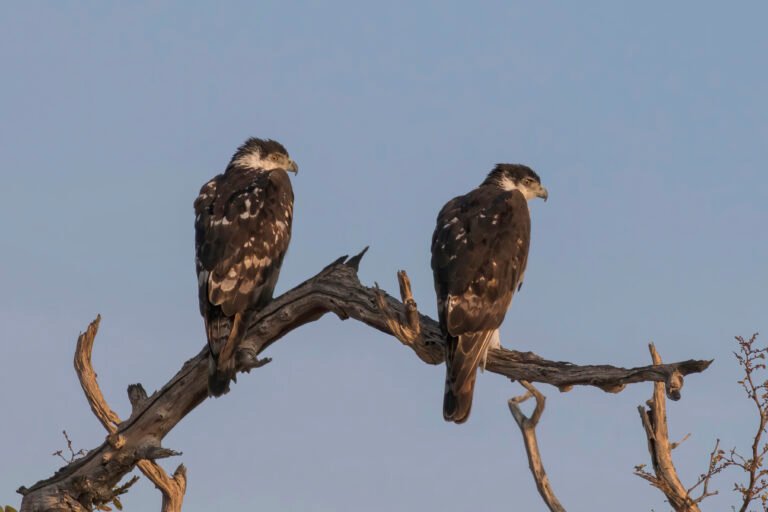
Raptors like the Eurasian sparrowhawk and the golden eagle are common in Korea’s wilderness.
Migratory Birds
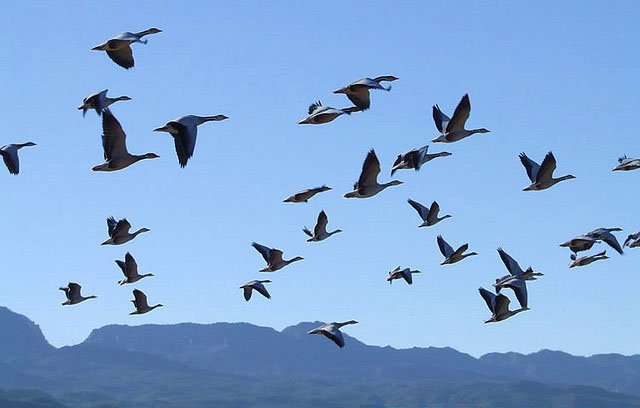
Korea’s coastal and inland wetlands serve as key stopover points for migratory birds, especially along the East Asian-Australasian Flyway. Species like ducks, geese, and storks migrate through Korea.
Reptiles and Amphibians
Korean Salamander
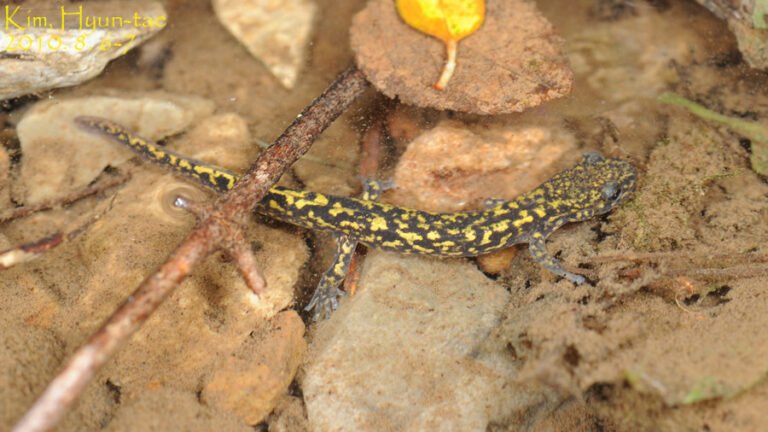
Found in freshwater habitats, it is one of several endemic amphibians in the region.
Turtles
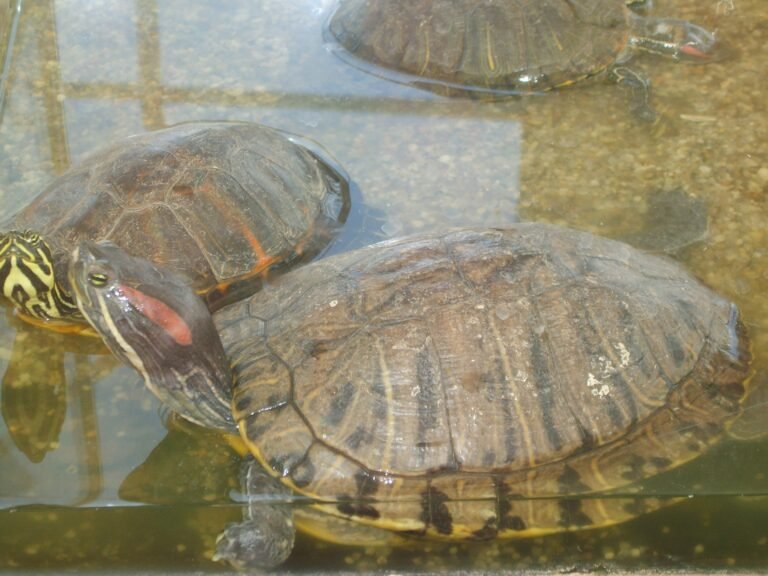
Species such as the red-eared slider and the softshell turtle are common in Korea’s rivers and lakes.
Korean Viper
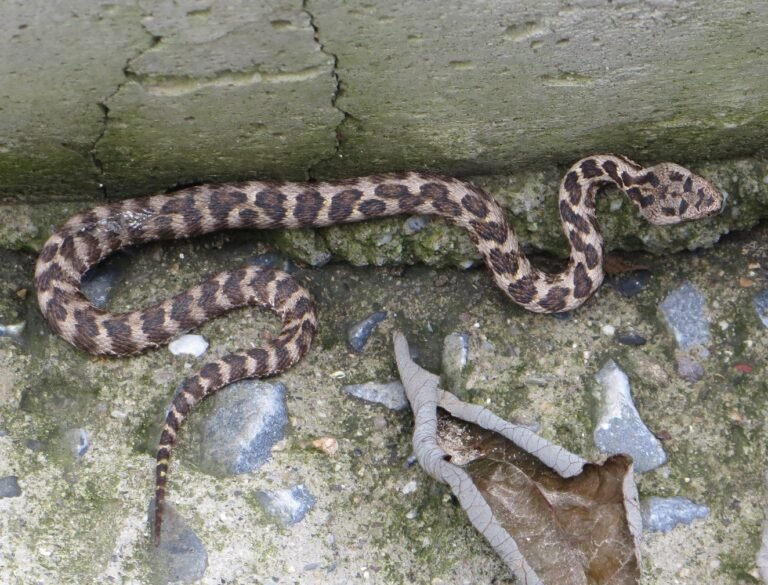
A venomous snake species found in forested areas.
Marine Life
Whales
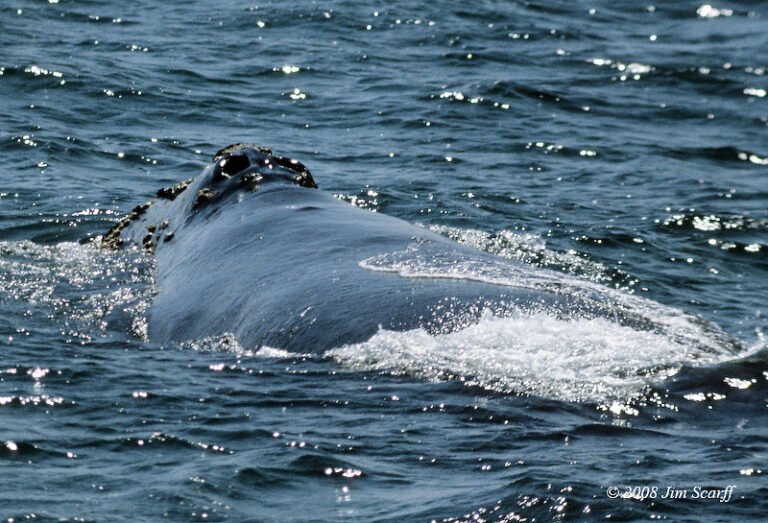
The waters around Korea are home to various whale species, including minke and gray whales. In the past, whales were commonly seen in the East Sea (Sea of Japan), though their numbers have declined due to whaling.
Dolphins and Porpoises
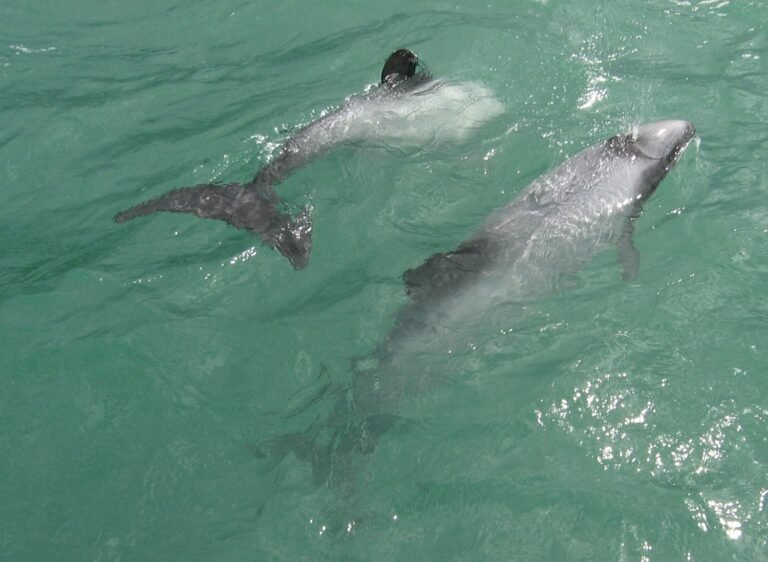
Various dolphin species can be found along Korea’s coastlines.
Sea Turtles
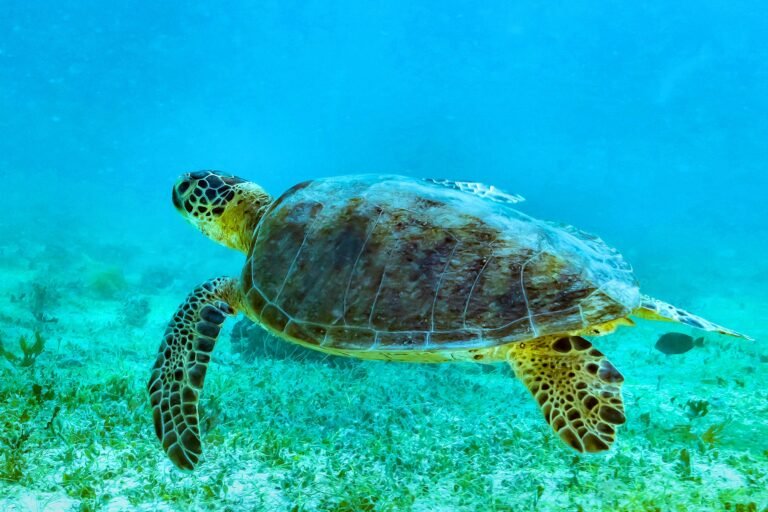
Occasionally, endangered sea turtles like the loggerhead or green turtle are seen along the southern and eastern coasts.
Insects and Invertebrates
Korea has a rich diversity of insects, with species like butterflies, dragonflies, and beetles being common.
Silkworms
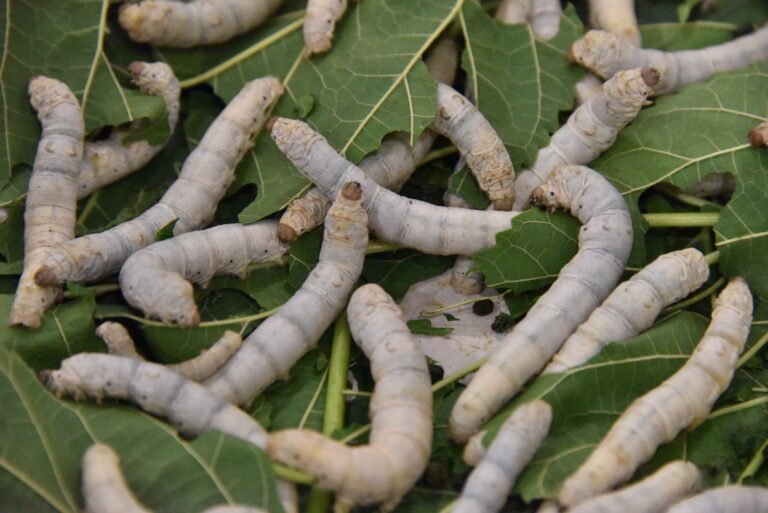
Historically significant, Korea has a long history of silk production, dating back over a thousand years.
